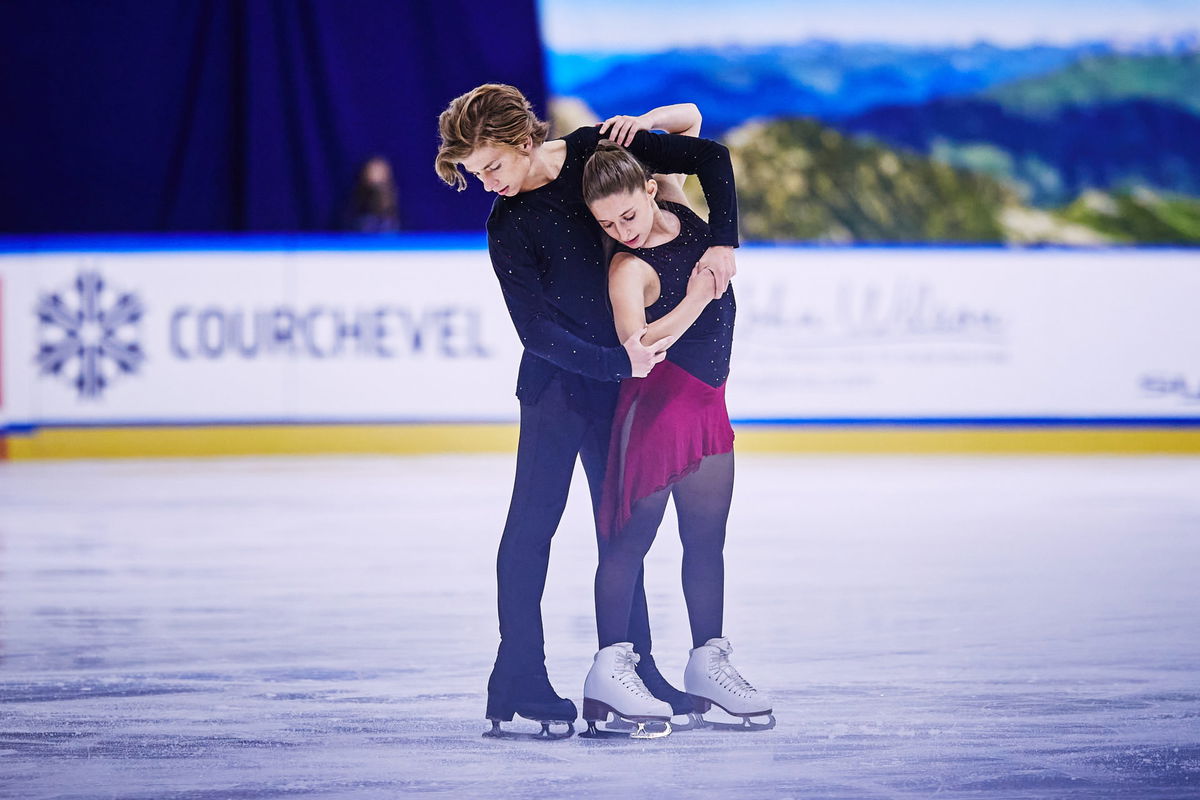
Getty
COURCHEVEL, FRANCE – AUGUST 28: Oona Brown and Gage Brown of the United States compete in the Junior Ice Dance Free Dance during the ISU Junior Grand Prix of Figure Skating at Patinoire du Forum on August 28, 2021 in Courchevel, France. (Photo by Joosep Martinson – International Skating Union/International Skating Union via Getty Images)

Getty
COURCHEVEL, FRANCE – AUGUST 28: Oona Brown and Gage Brown of the United States compete in the Junior Ice Dance Free Dance during the ISU Junior Grand Prix of Figure Skating at Patinoire du Forum on August 28, 2021 in Courchevel, France. (Photo by Joosep Martinson – International Skating Union/International Skating Union via Getty Images)
Ice Dance is a popular event at all figure skating competitions. With similar scoring systems as the other disciplines, we often forget that there are marked differences between ice dance and the other events. Figure Skating includes four categories: the men’s singles, the ladies’ singles, pair skating, and ice dancing. While this list includes ice dancing as one of the disciplines, there are some key distinctions between ice dance and figure skating.
Watch What’s Trending Now!
Figure skating is often referred to as gymnastics on ice. However, we would more accurately describe ice dance as ballroom dancing on ice. Since at the highest level ice dance is done in pairs, the distinction from the singles events in figure skating is pretty clear. But when it comes to pair skating, the public can’t always differentiate it from ice dance.
Ice Dance versus Pair Skating
It is easy to separate the two disciplines when we look at the competition elements. At first glance, we can see that ice dancing involves no jumps. In ice dance, the skaters should not skate separately for a long time and cannot be at more than two arms’ lengths apart.
READ MORE: Who Is The World’s Tallest Figure Skater?
The key elements in ice dance are twizzles, pattern dance, lifts, spins, step sequences, and choreographic elements. Pair skaters frequently incorporate elements like throw jumps, twist lifts, overhead lifts, and other moves which are close to acrobatics.
In addition, the skating blades and boots are also slightly different for figure skaters and ice dancers. The tail end of the blade is shorter for ice dancers, not going beyond the boot. Often, ice dancers also have the back of their boots cut out for cleaner lines when pointing toes.
Competition layout
Like the singles disciplines, there are two performances in pair skating, short program and free program (or free skate). They are 2 minutes, 40 seconds, and 4 minutes long, respectively. However, in ice dance, ISU named the two performances as the rhythm dance and the free dance.
The rhythm dance is 3 minutes long, and the ISU determines a specific theme for each season, like foxtrot, blues and street dance, cha-cha, etc. A compulsory segment called the ‘pattern’ must include a sequence of steps and spins that reflect the theme.
The free dance is 4 minutes with no pre-decided theme. But the program must tell a story, aptly portrayed by the dance. ISU introduced this layout of the competition in the 2010-2011 season. Before that, the skaters used to give three performances: compulsory dance, original dance, and free dance.
WATCH THIS STORY: Legend Yuzuru Hanyu Once Gave Young Kids a Special Figure Skating Lesson
Decorated ice dancers include two-time Olympic champions Tessa Virtue and Scott Moir from Canada, USA’s Meryl Davis and Charlie White, and France’s Gabriella Papadakis and Guillaume Cizeron. Notable pair skaters include China’s Sui Wenjing and Han Cong and USA’s Madison Chock and Evan Bates.
ADVERTISEMENT
ADVERTISEMENT
ADVERTISEMENT
ADVERTISEMENT

